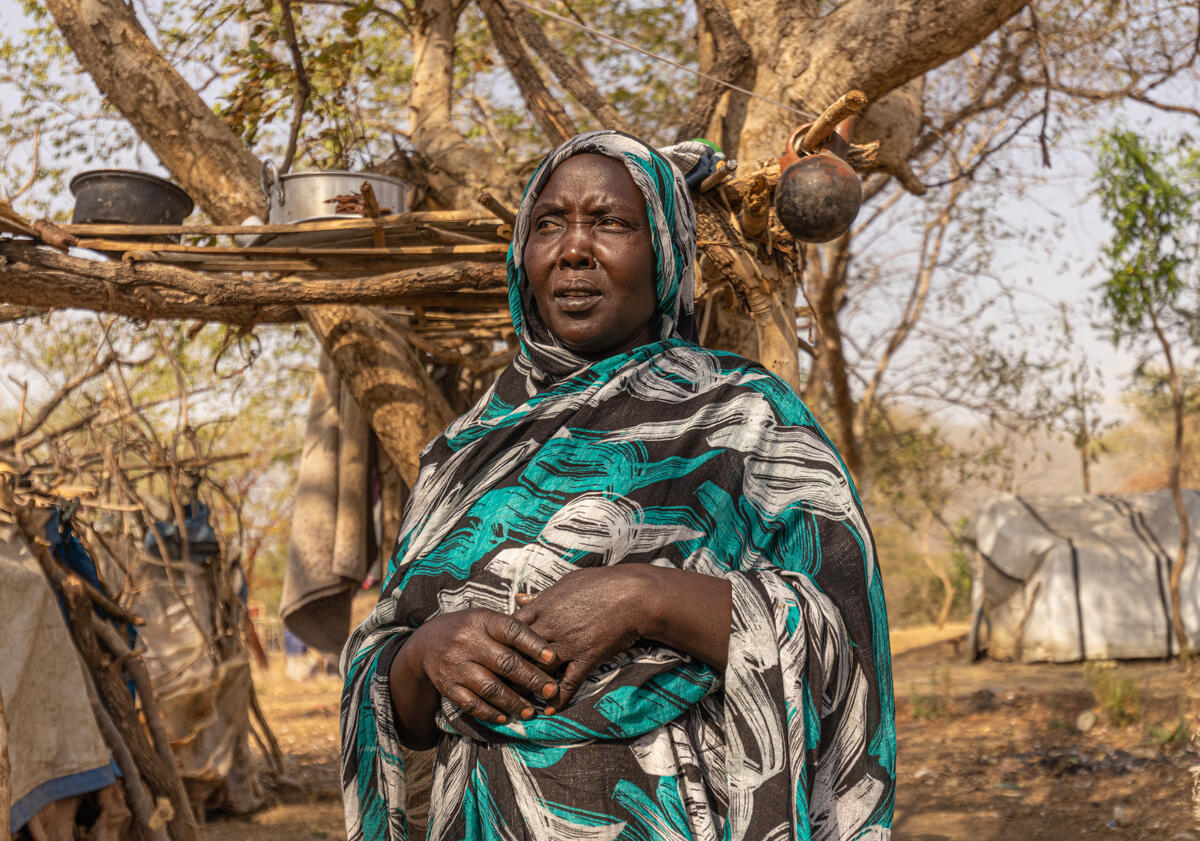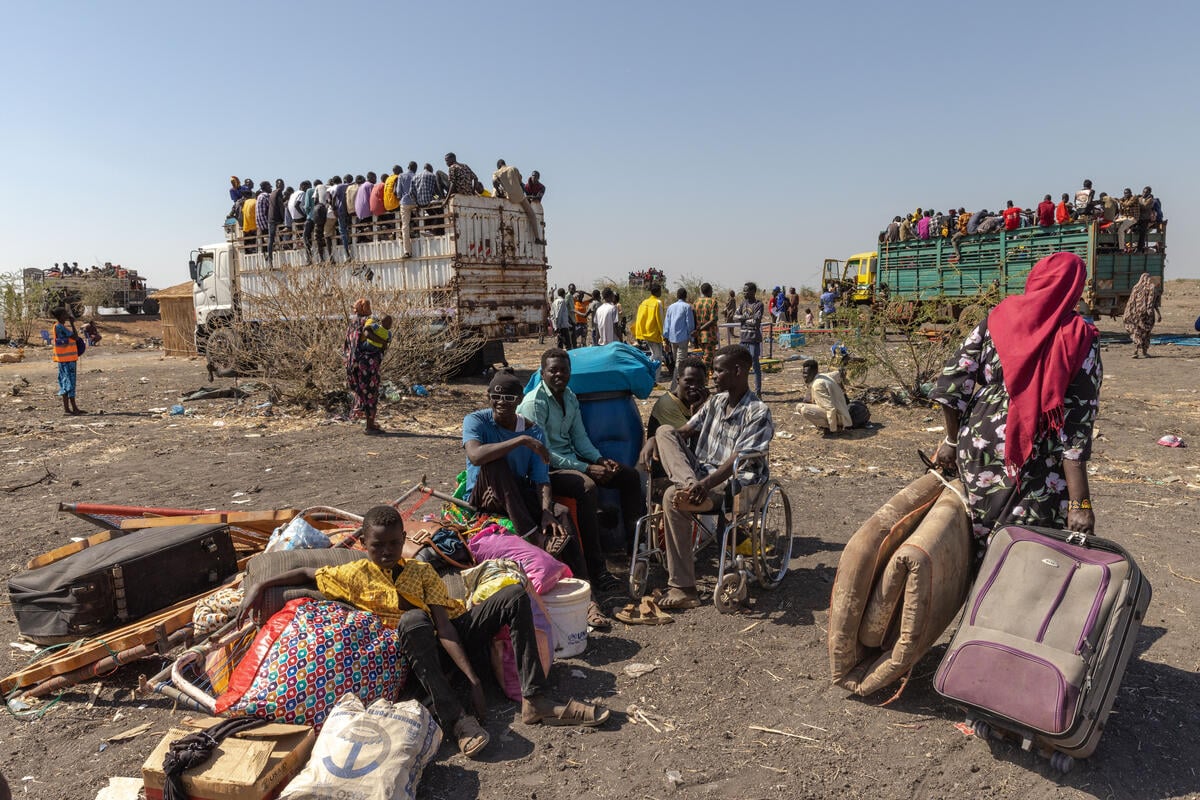Somali refugee population still rising in Ethiopia, new camp planned
Somali refugee population still rising in Ethiopia, new camp planned
In Ethiopia, the population of the Dollo Ado refugee complex in the country's southeast passed the 170,000-mark last week. Dollo Ado shelters Somali refugees and is the world's biggest refugee complex after Dadaab in Kenya. Although the rate of arrivals at Dollo Ado has slowed this year, people are continuing to flee conflict and insecurity in southern and central parts of Somalia. Many cite fear of harassment and forced recruitment by armed groups who control large rural areas of the country.
Between January and the end of September this year 62,000 Somalis became refugees in the region surrounding their country. More than 25,000 of these fled to Ethiopia - making it the largest recipient of Somali refugees in the region so far this year. By comparison Yemen registered 15,000 Somali refugees, Kenya 13,000, Uganda 6,800 and Djibouti 2,300 over the same period.
Overall the number of Somali refugees in the region numbers more than a million. Half of these are in Kenya, while Ethiopia now hosts 214,000 - in camps at Dollo Ado and several hundred kilometres to the north at Jijiga. As well as Somalis, who constitute the largest refugee group, Ethiopia also hosts more than 91,000 Sudanese refugees, almost 61,000 Eritreans, and 4,000 refugees from other countries. Every month, Ethiopia generously takes thousands of new arrivals from neighbouring countries.
There are currently five camps in Dollo Ado. The newest is Buramino camp, which opened in November last year, and is now full to capacity with a population of more than 32,000 refugees. New arrivals are also being transferred to the Kobe and Hillaweyn camps. We have increased the accommodation capacity of these two sites to 30,000 people each. The two oldest camps - Bokolmanyo and Melkadida - each host more than 40,000 people.
With people still arriving at Dollo Ado, the Ethiopian government has authorized the opening of a sixth site and land for this has been designated between the town of Kole and Kobe camp, some 54 km north of Dollo Ado town.
The cost of opening the new camp, setting up basic services and infrastructure including medical, education and warehousing facilities is more than US$ 5 million. We are seeking support from donors and partners, including resources for NGO partners who would be working in the camp. For the initial phase, we urgently need US$1.5 million for site preparation, land demarcation and setting up basic infrastructure including drilling of bore holes, setting up water points, emergency clinic, latrines, etc. The terrain in the Dollo Ado area is rocky and hard, posing additional challenges. In 2012 we have received US$44 million against the needs assessed at more than US$ 112 million.
Refugees typically arrive with a few belongings only. Their most urgent needs are emergency shelters, food and essential aid items. To address these needs, we dispatched a convoy of nine trucks from Kenya last week, carrying 10,000 plastic sheets, 500 plastic rolls, 20,000 blankets, 15,000 sleeping mats, 15,000 mosquito nets, and 10,000 collapsible jerry cans. The trucks arrived at Dollo Ado through the southern border crossing of Moyale on 10 October and the aid is being distributed to new arrivals in the camps.
Meanwhile, a long awaited 1,600 meter all-weather airstrip opened in Dollo Ado on 3 October, significantly upgrading access for humanitarian staff and transportation of cargo. Funded by the US government, the airstrip was constructed by a WFP field-engineering team who worked closely with the Ethiopian civil aviation and road authorities. This is an important and major improvement for humanitarian organizations working in Dollo Ado as adverse weather conditions often rendered the old airstrip unusable. The only other access involved a three day trip on poor roads, severely delaying emergency interventions and urgent medical evacuations.
Somalia remains one of the world's longest and worst refugee crises. In the past decade only the conflicts in Afghanistan and Iraq forced more than a million people to flee their homes. A third of Somalia's estimated 7.5 million population lives in forced displacement - either as refugees or internally displaced people.
For further information on this topic, please contact:
- In Ethiopia: Kisut Gebre Egziabher on mobile +25 19 1120 8901
- In Ethiopia: Natalia Prokopchuk on mobile: +25 19 1121 0271
- In Geneva: Andrej Mahecic on mobile +41 79 200 7617








